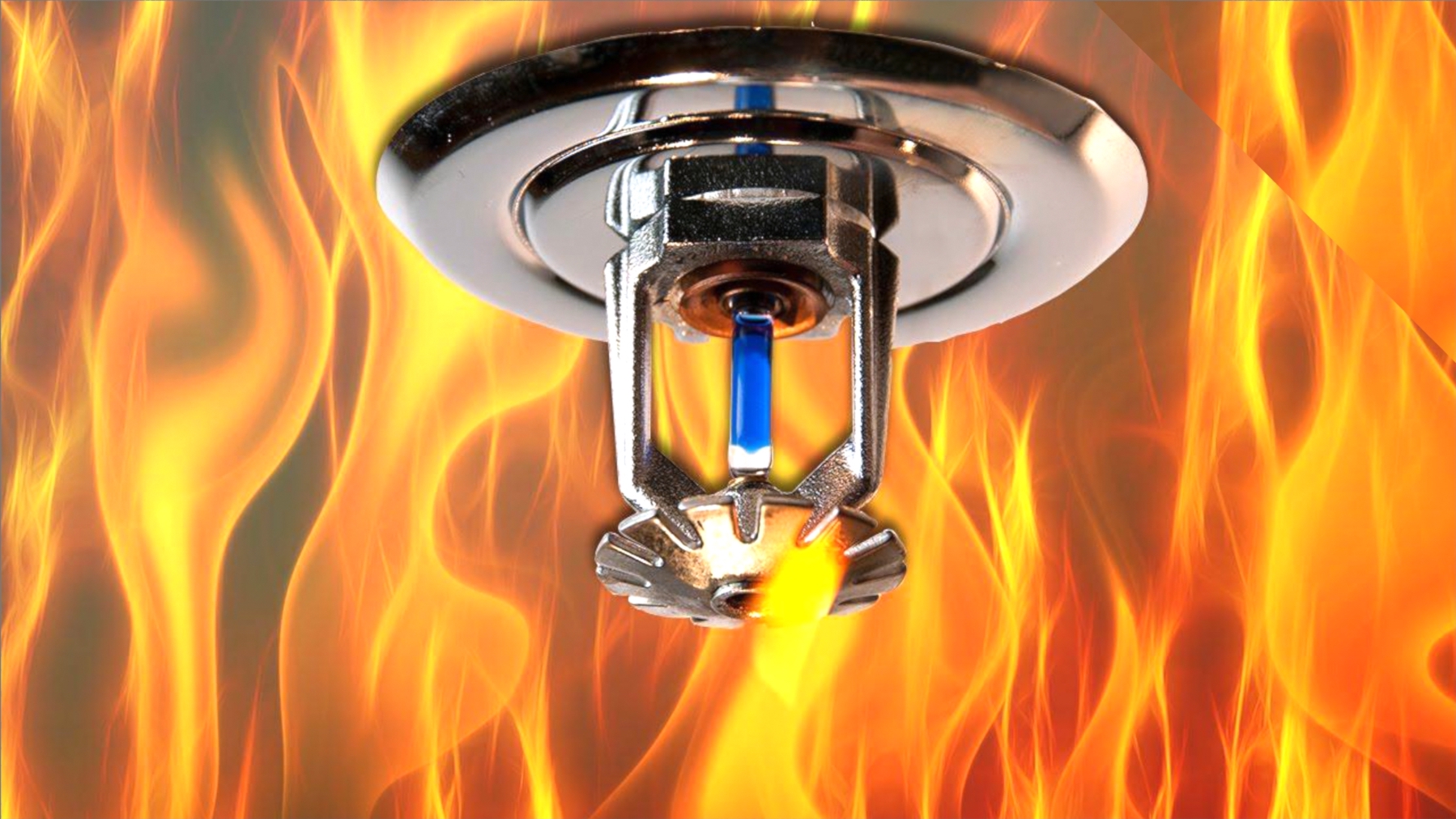
________________________________________________________________________
Fire Sprinkler Follow-up
In my previous article, “Fire Sprinklers at Great Falls High School”, I posed the following question; Why has the school district ignored the urging of City of Great Falls building officials and the Great Falls Fire Rescue Department to include a fire sprinkler system in the plans for the historic portion of Great Falls High School which currently has no such system?
Several of our E-City Beat commenters have asked if other GFPS schools are equipped with fire sprinklers, and if not, why aren’t they? The answer is, some of our schools are wholly protected by fire sprinkler system, others are only partially protected, and most are not protected. Here is the list of our schools that are not protected by fire sprinkler systems, and those which are:
Loy Elementary – None
North Middle School – Fully sprinklered
Valley View Elementary – None
Roosevelt Elementary – Fully sprinklered
Mountain View Elementary – None
Giant Springs – Planned fully sprinklered
Lewis and Clark Elementary – None
GFHS South Campus – Fully sprinklered
Sunnyside Elementary – None
GFPS Warehouse – Fully sprinklered
Longfellow Elementary – None
Paris Gibson – Halls and Common areas
Lincoln Elementary – None
CMR – Stage only sprinklered (Main classroom building – None)
Meadowlark Elementary – None
Sacajawea Elementary – None
Whittier Elementary – None
West Elementary – None
Chief Joseph Elementary – None
Riverview Elementary – None
East Middle School – None
GFHS Original Building – None
Skyline Elementary School – None
Morningside Elementary School – None
The City of Great Falls Office of Building and Permitting currently operates under the 2012 IBC, (International Building Code), and the 2012 IFC, (International Fire Code), which require the installation of fire sprinkler systems as follows:
IBC [F] 903.2.3 Group E (Education) (IFC similar)
An automatic sprinkler system shall be provided for Group E occupancies as follows: 1. Throughout all Group E fire areas greater than 12,000 square feet (1115 m2) in area.
2. Throughout every portion of educational buildings below the lowest level of exit discharge serving that portion of the building. Exception: An automatic sprinkler system is not required in existing educational buildings unless 50 percent of the aggregate area of the building is being remodeled.
So even with construction costs of approximately $21M to be spent remodeling the Great Falls High School original historic building, the District’s consultants are apparently arguing that the area being remodeled comprises less than 50 percent of the aggregate area of the building and taking advantage of the exception.
In addition to the important role of protecting life and property, the following preamble of the IBC points to another aspect of fire protection systems; that of providing safety for fire fighters and emergency responders.
[A] 101.3 Intent
The purpose of this code is to establish the minimum requirements to safeguard the public health, safety and general welfare through structural strength, means of egress facilities, stability, sanitation, adequate light and ventilation, energy conservation, and safety to life and property from fire and other hazards attributed to the built environment and to provide safety to fire fighters and emergency responders during emergency operations. (Emphasis added)
During the fire at Helena High School, fire fighters needed hundreds of feet of hose lines to provide for rapid intervention teams and to extinguish the fire. Hose lines had to extend to each of the ten classrooms that were not protected with a fire sprinkler system.
Even if strict enforcement of the City’s building and fire codes do not require fire sprinkler systems in our older schools, that doesn’t mean there are not distinct advantages to having them. With fire sprinklers installed in Great Falls High School money can be saved in the construction of fire lanes and utility work. Additionally, an alternative fire-mist systems can be used, which have been shown to be as effective as deluge systems, use less water, extinguish fire more rapidly, cause less water damage and are easier to install.
With $98M dollars of District taxpayers money, should we expect more from our District administrators and their consultants?
With $98M dollars of District taxpayers money, should we expect more from our District administrators and their consultants?
If you haven’t taken on our poll on whether our local schools should have sprinkler systems please click here to weigh in.
________________________________________________________________________






